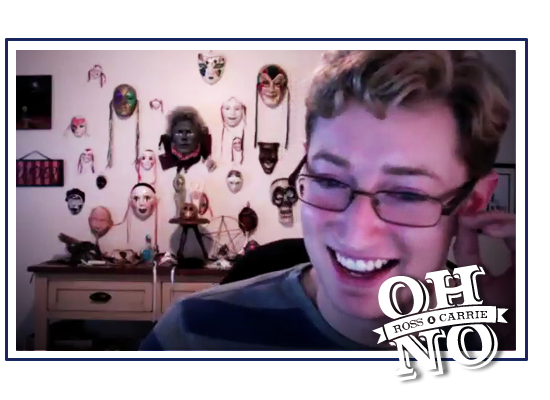Skeptical mysticism: success stories
There’s a good chance you’ve heard about Barbara Ehrenreich’s new book Living with a Wild God: A Nonbeliever’s Search for the Truth about Everything. She’s getting a lot of media coverage and very positive reviews. (Disclaimer: I haven’t read the book yet.)

Wild God is Ehrenreich’s public confession that she’s a mystic, a person who started having powerful visions of heightened reality as a young girl. This revelation wouldn’t raise any eyebrows in a book by Deepak Chopra or Sylvia Browne, but Ehrenreich is an atheist best known for hardheaded books about politics and economics.
What’s more, Wild God doesn’t follow the conventional script of the former skeptic who sees the light. This is not Proof of Heaven. Ehrenreich can’t deny her perception of a living cosmos, but she’s unwilling to interpret it as anything more than personal experience. She’s still an atheist.
So, we know it’s possible to be both a skeptic and a mystic, at least for one person. They say that one person is an outlier and two are a trend. I discovered number two on a recent episode of Oh No Ross and Carrie.
Unlike Barbara Ehrenreich, “Fire Lyte” is a believer—a practicing neo-pagan who worships the ancient gods. He performs rituals and works magic like thousands of contemporary Wiccans and shamans. Unlike most of them, however, he doesn’t feel the need for any supernatural or paranormal beliefs. No psychic powers. No quantum healing. He can fully appreciate his religion within the context of science and rationality.
In their unique ways, Ms. Ehrenreich and Mr. Lyte came to terms with reason and magic. It’s fascinating that they came from opposite directions—one from belief and one from atheism—and wound up in a similar place. They both discovered the common ground that exists between the two poles of human nature, the two powerful forces that get out of whack in so many of us.
They say that two people are a trend and three are a movement. Are you number three?
Posted in: Reason and Magic
Leave a Comment (0) →

